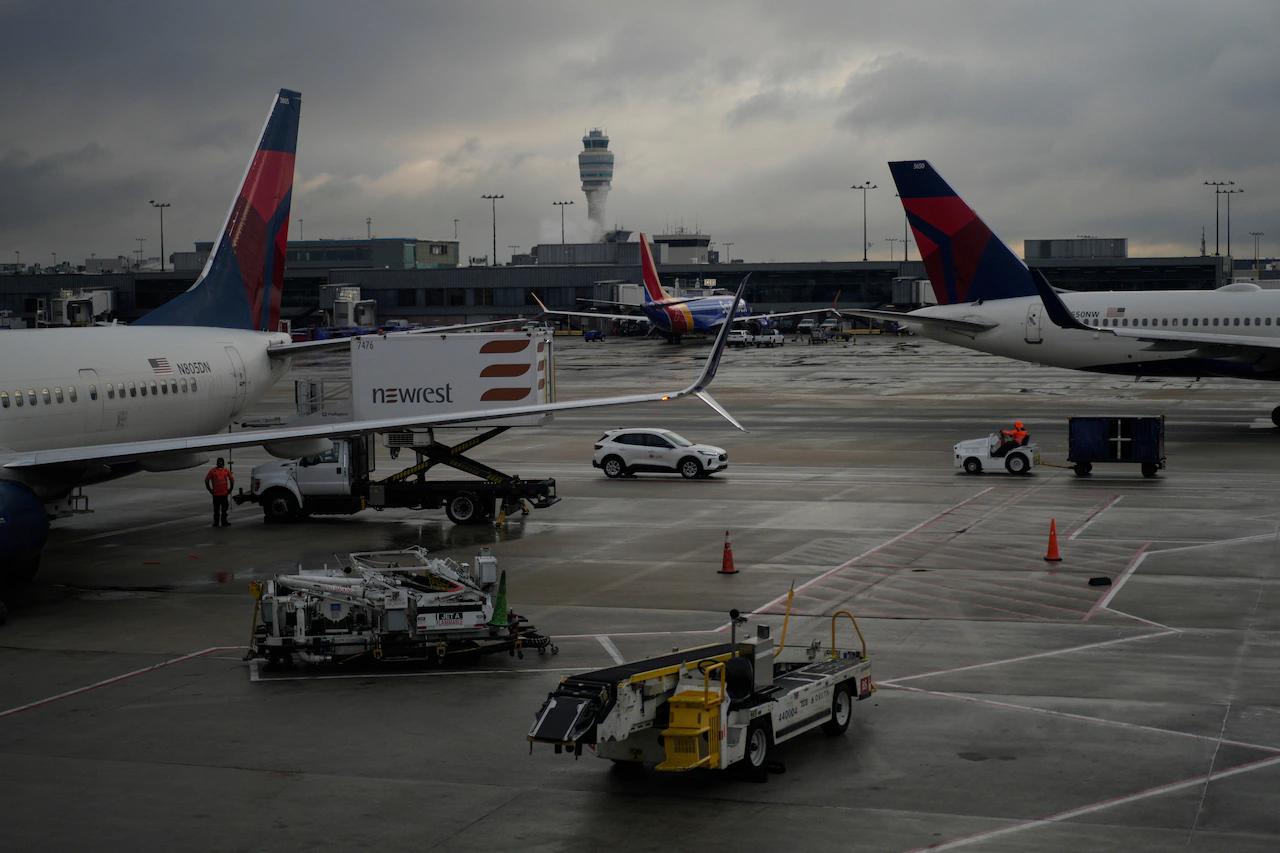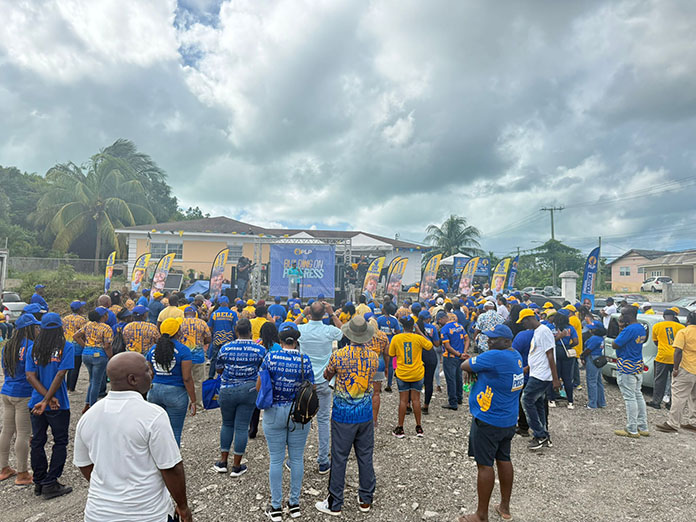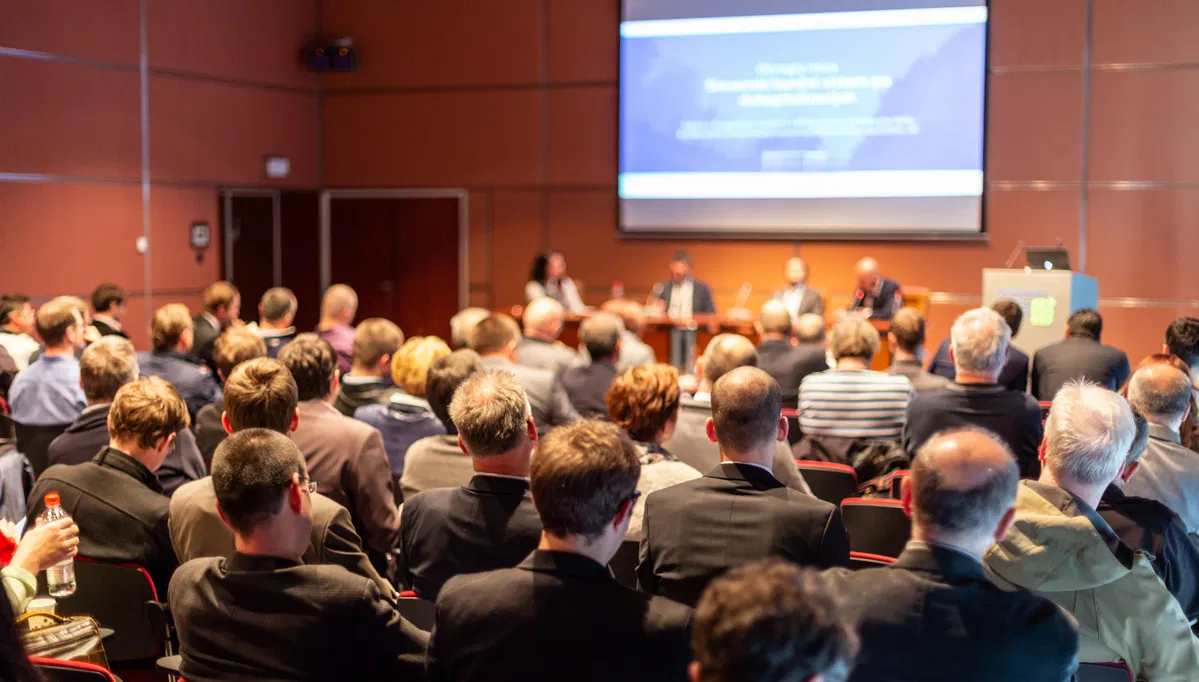Copyright stabroeknews

Dear Editor, The recent announcement by Minister Juan Edghill on the commencement of the $4.5 billion International Parika Port Project raises profound and urgent questions regarding fiscal governance and technical due process. Initiating a project of this magnitude without a transparent, publicly available, and comprehensive feasibility study represents a significant departure from established standards of responsible public administration and engineering best practices. Where is the feasibility study? The Minister’s reported focus on construction timelines and consultations with taxi drivers and speedboat operators, while administratively important, appears to be tragically misplaced if foundational technical work has been overlooked. Consultations with local user groups are commendable for operational planning, but they are no substitute for the rigorous scientific analysis required for a multi-billion-dollar national infrastructure investment. The critical oversight at this stage lies not with community engagement, but with the apparent absence of essential engineering validation. The public has a right to know if the following critical studies have been completed, peer-reviewed, and will inform the project design: 1. Geotechnical and Bathymetric Surveys: On what specific soil data is the planned “extensive land reclamation” based? Without a thorough understanding of the sediment composition and bearing capacity of the Essequibo riverbed, the project risks catastrophic subsidence or structural failure, jeopardizing the entire investment. It is not the same “Malali” coming again, we are talking about cruise liners docking at the new port and that is a “different kettle of fish”. 2. Hydrographic and Environmental Impact Assessment: What are the projected impacts of this structure on tidal currents, sediment transport, and coastal erosion? The silence on mandatory environmental safeguards and mitigation strategies is alarming and suggests a disregard for the long-term ecological stability of the area. 3. Economic Viability and Traffic Analysis: While, because of the new found riches in oil, we can forgo the detailed business case to prove the new demand from international cruise and cargo carriers and build and hope for the best, it would be good to know what the engagements are being done with the big liners like Carnival Cruise etc. 4. Dredging and Maintenance Liability: Accommodating deep-draft vessels incurs a permanent, recurring national expense for dredging. The public deserves a full accounting of the projected scope, perpetual annual maintenance cost, and environmental plan for sediment disposal associated with this ongoing liability. Commencing construction on a “minimal scale” without these pillars of due diligence in place is not a sign of progress; it is an indicator of profound project mismanagement. From all appearance, it seems a politician wants to make engineering decisions without a feasibility study which is a recipe for another “Jagdeo Baby” like the Skeldon Sugar Factory. It is the equivalent of building the superstructure of a house without a certified foundation or architectural plan. I, therefore echo the calls made by other responsible voices in the public sphere and urge the following immediate actions: · An immediate suspension of all construction activity at the Parika site until all requisite feasibility studies are completed. · The full, public disclosure of all existing technical reports, including geotechnical, bathymetric, and environmental impact assessments. · An independent review of the project’s viability, ideally conducted by a body such as the Guyana Association of Professional Engineers (GAPE), and the University Of Guyana Faculty Of Engineering, with findings presented to the National Assembly. To proceed otherwise is to authorize a blank cheque with the nation’s finite oil revenues, risking billions of dollars on a project that could well become a monument to poor planning. The people of Guyana deserve a legacy of sustainable development, not one of avoidable and costly failure. This Project can end up as another “White Elephant” like the Skeldon Sugar Factory. This is not development; it is delusion, and the children of the next generations, those 14 year olds, will be the one paying the price. We must remember, they are voting in 2030 and they have a history of speaking loudly when they become 18 years old. This is how the WIN Party was able to beat the PNC led APNU into third place. Second place is a real option for the PPP if this Project fails like the Skeldon Sugar Factory. Vishnu Prashad



